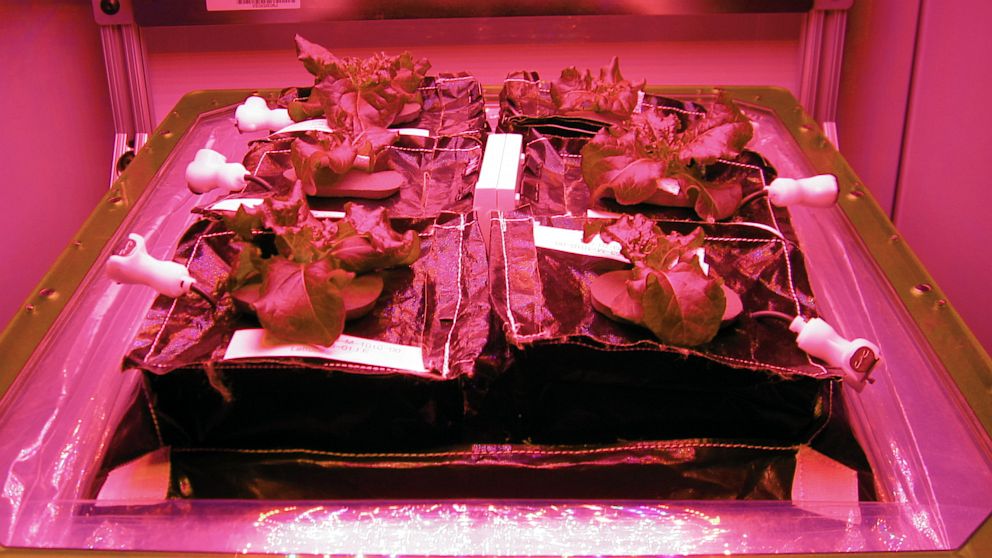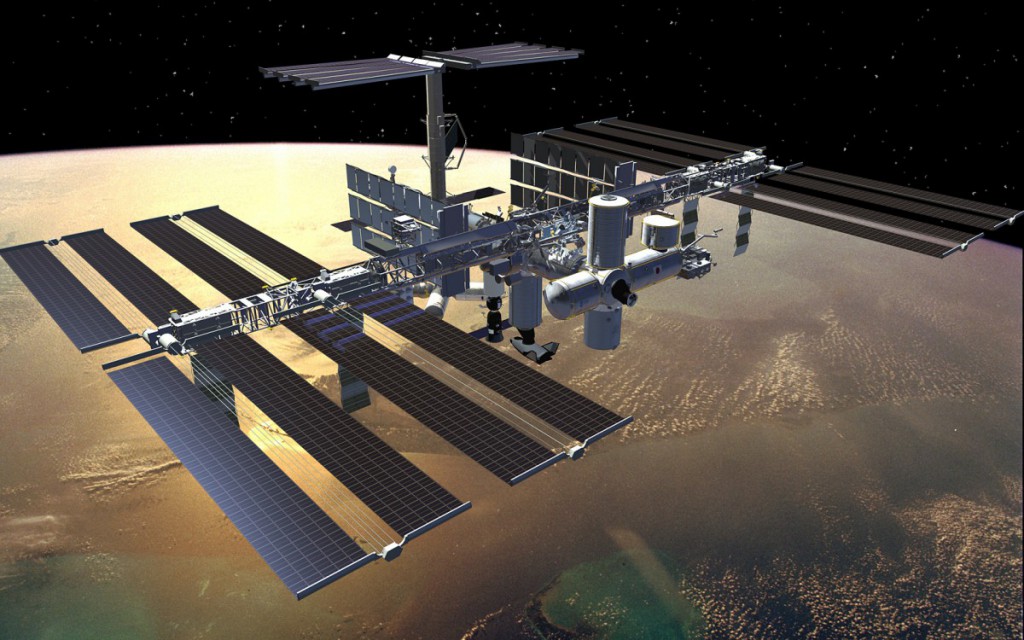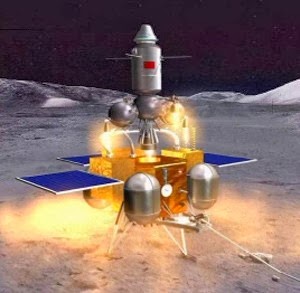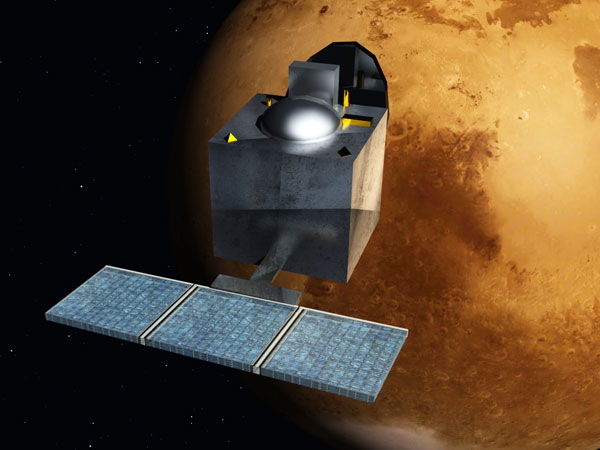Hey Readers, I have made a guest post on Henry Tam’s “Food Adventure” blog (Link). The post is about growing vegetables in Space. Through the use of a chamber with LED lights and an environmentally controlled environment, astronauts will be able to enjoy fresh veggies. Soon to be sent up to the International Space Station, the cargo will include vegetables and the chamber to join the space team, where they will study how plants grow in weightlessness. Besides the benefits of having healthy food in space, the veggies will also recycle air and water. Read more about this on Henry’s blog.

Space Lettuce farming with LED Lighting







